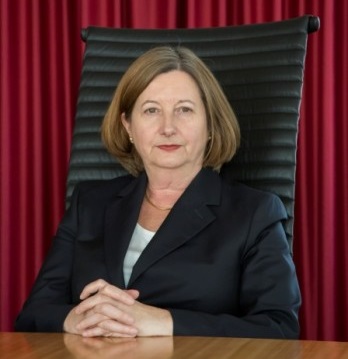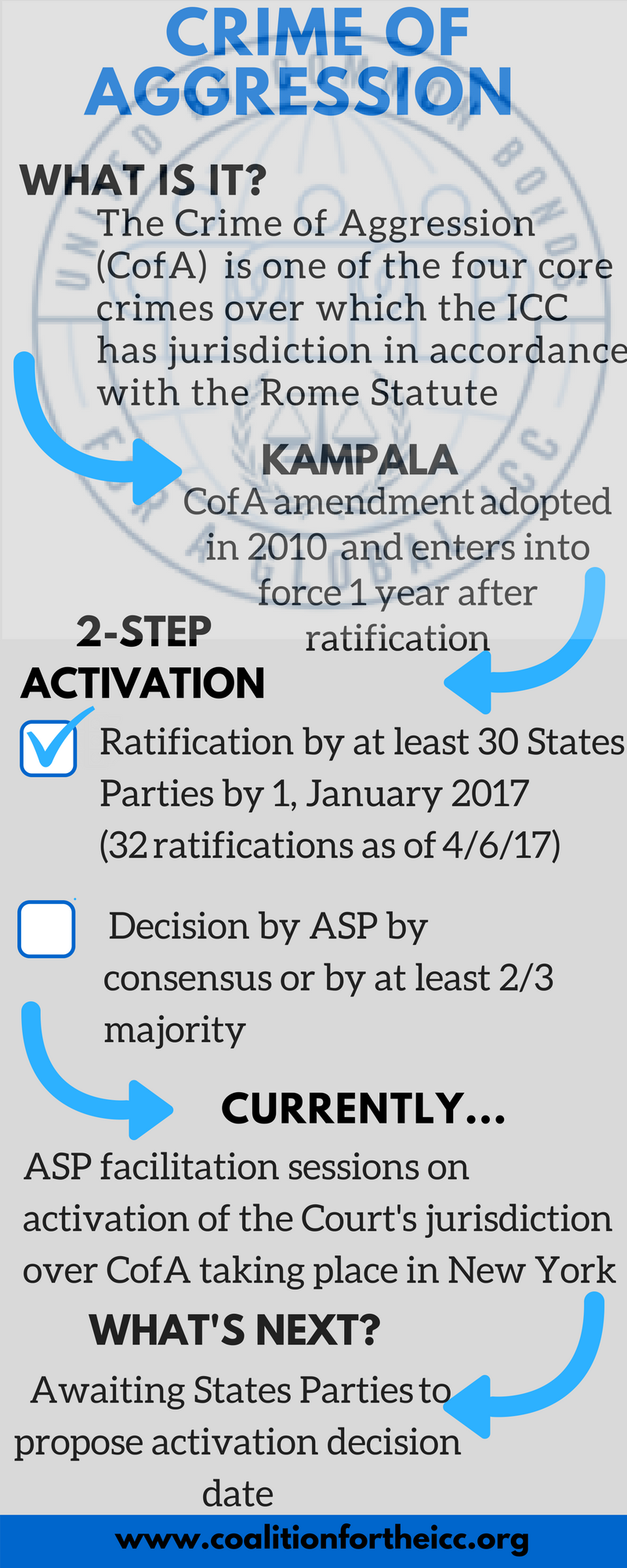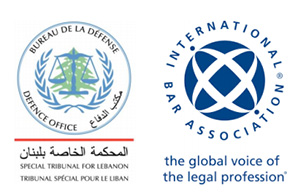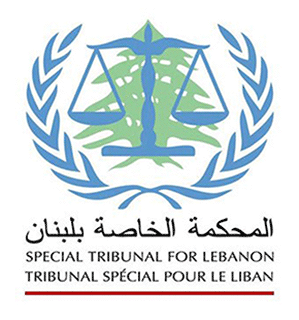An Institution within an Institution – An Interview with the ICC President
Posted on January 6, 2016 by Mark Kersten.
Just a few days after the International Criminal Court moved to its permanent premises, Shehzad Charania was honoured to be received as ICC President Silvia Fernández de Gurmendi’s first-ever visitor in her new office. On that unusually mild and sunny December afternoon, there was a spring in everybody’s step. But how does the President see her time at the ICC, the Court’s record to date, and the future of the institution?
A New Dawn
I began by asking the President how she was settling into her new surroundings. She described the building as impressive. Being purpose-built, the new premises were, above all, a much more “functional” group of buildings than the ICC’s previous home. They now had an excellent library, and the courtrooms were modern, light, and much less claustrophobic. The President also sensed a feeling of renewal, and boost in morale among staff. She would look to take advantage of this rejuvenated atmosphere, and ensure that it created momentum towards a improved working environment as well as better leadership and management.
Becoming a Judge …
The President had been involved with the International Criminal Court in one way or another since the mid-1990s. I asked her why she had wanted to become a Judge in 2008. She explained that this had never been her intention when she was part of the Argentinean delegation in Rome. After the Rome Conference in 1998, she remained involved as the Chair of the Drafting Committee of the Rules of Procedure and Evidence. The former Prosecutor Luis Moreno Ocampo then invited her to join his office (OTP), where she worked for four years. After this, she returned to Buenos Aires, thinking that her ICC days were over. But when her government proposed her nomination as an ICC judge, she felt compelled to give it serious thought. In the end, she realised that this was an offer and a challenge she was unable to resist; she has never regretted that decision since.
… and then the President
Standing for ICC President in March 2015 was a natural progression for Judge Fernández. When she was elected as a Judge in 2008, she thought she could change many things such as expediting proceedings and making the Court generally more efficient. But she soon saw that the changes she could implement in her position as a Judge were limited to a single chamber; it was much more difficult to have an impact beyond that. In order to expedite proceedings in any serious and meaningful way, there had to be a more collective judicial effort in conjuction with collaboration with the other organs. This required a systemic shift in thinking and, with that in mind, Judge Fernández decided to stand for President. She thought that her previous experience would be an advantage: having been at Rome, part of the OTP, and then a Judge, she was intimately familiar with the interconnections and synergies between all the different parts of the Court.
Expediting Trials
I asked the President why she had singled out expediting proceedings as her “number one priority”. Surely dispensing international justice while ensuring the rights of the accused were preserved would, and should, take time, and not be rushed for the sake of efficiency. The President agreed that justice takes time. But the issue was how long the Court could take in conducting its trials while still maintaining credibility. Anyone involved in the prosecution of international crimes, nationally or internationally, recognised that such proceedings were slow, and complex. But, with respect to the length of proceedings at the ICC, the Court could do better. Of course, the trials during the Court’s first decade were testing the Rome Statute system. They revealed many procedural obstacles, which the Court now understood better how to overcome, and could avoid in the future. But it was also clear that the reasons for the slowness of the trials was not just because of the complex nature of the crimes, but also due to issues such as the Court’s working methods, and the lack of harmonisation between the different chambers. These were factors within the control of the Judges; the move from four to three years for a trial would provide an opportunity for substantial improvement.
Achievements to Date
I then asked Judge Fernández what she felt she had achieved in her first nine months in her role as President. Her response was: “a lot”. After her election, she had organised a retreat in Nuremberg. Even the issue of what the Judges would discuss, and the basis of those discussions, could have been contested. But it had been an excellent retreat and the Judges made real and tangible progress in achieving common agreement on how to handle certain aspects of the proceedings. Upon their return, they had produced a Pre-Trial Manual reflecting such agreement. The first part of the Manual had focussed on Pre-Trial issues, but they had now added sections on common systems applying to various stages of proceedings, including handling of evidence, disclosure, and victims applications. The updated version would be issued shortly.
Looking towards the next twelve months, the Judges would formally propose adoption of an amendment to the Rules of Procedure and Evidence (RPE) to reduce the number of Judges required to sit in Article 70 trials (cases involving offences against the administration of justice). Other proposals for amendments to the RPE were also in the pipeline. The Court as a whole would also be taking forward the issue of performance indicators – an important mechanism through which the Court’s progress could be assessed.
Improving and enhancing the governance of the Court was another key focus. The first step therein was to improve the budget process. Discussions on this question had already begun between the principals — the President, the Registrar and Prosecutor. For the President, the budget was not just about mere numbers; it involved aligning visions and required that all parts of the Court move forward together in the same direction.
The One Court Principle
I noted that the President had spoken many times about the organs working better together. The President explained that this had always posed problems — in the ICC as well as the ad hoc tribunals. While housed in a single building, the Court was in fact the combination of several independent components. The Prosecutor was independent, and of course should remain so. The judiciary was also independent; and within the judiciary each Chamber and Judge was independent. The Registrar was the principal administrative officer, but fell under the supervision of the President. He provided services to the whole Court, including the independent Prosecutor. Creating a One Court Principle while paying due regard to the independence of various individuals and organs of the Court was a challenge. To make such a machine work, there had to be effective consultation and coordination, as well as strong personal relationships. It was not enough to have agreement just between the principals; the Court also needed senior management to buy into the common vision, and for this to filter down through all levels of staff.
Victims
I asked the President about the importance she placed on the participation of victims. She stressed that this was an extremely important aspect of the Court’s work. At the same time, she knew that this issue, which was controversial during the negotiations of the Rome Statute, remained controversial today. Many thought that the system of victims’ participation was too ambitious and that it would be better for the Court to focus on its more narrow, core retributive, mandate. Those same people argued that victims’ participation had unacceptably slowed down proceedings.
The President did not agree with this analysis. Victims had to play a key role in proceedings to ensure that the Court had an impact in the real world. Conducting trials against a few individuals in The Hague without any kind of connection or empathy with those societies affected by that person’s crimes would not be a good thing for the Court’s legitimacy. While those victims who participated in proceedings were not the totality of those affected by the crimes in question, with good outreach more victims would know of the cases as well as how to become part of them. It was important that victims’ participation was meaningful, while at the same time ensuring that it did not significantly slow down proceedings.
In Hindsight …
Going back to the Rome Conference and the key role the President had played in the negotiations, I asked the President whether, after thirteen years of experience, there was anything she would amend. She confirmed that there were many things she would like to change. But she pointed out that even at Rome there were things she would have done differently. There were a number of views, and the final treaty was a result of compromise. She had taken the view at the time that the Rome Statute should not contain too many details, as this would put a straitjacket on the judges, and prohibit organic development of the legal framework. But the final treaty in particular areas was too prescriptive, something that was now proving to be problematic. She had agreed at the time that the Rules of Procedure and Evidence should be a more detailed text. But the amendment procedure of the Rules as enshrined in the Rome Statute, has proved to be excessively cumbersome.
Africa and the ICC
We then moved onto the politics surrounding the Court. Did the President think that the fact that only African investigations had been opened was a problem for the Court’s legitimacy and credibility? The President was clear that it was. She accepted it was difficult to explain why after 13 years the Court was investigating situations only from one region, even if there were good reasons for this, such as the fact that the majority had been referred by the States themselves. With time, however, this would change. In this regard it was important to remember that the Court was a relatively young institution and that the critics tended to think in the short term. Fairness dictated that the ICC’s record on this and many other aspects of its work should be judged over a much longer period.
UN Security Council Referrals
We moved onto the issue of UN Security Council referrals. The President admitted that even at the time that the referrals were made, there were many who said that these were a mixed blessing. For the President, the issue was not with referrals per se, but in the difficulties of reconciling the judicial and political aspects of the respective conflicts. States were primarily focussed on political issues and thought that the “justice box”, as one component of conflict resolution, could be ticked, and concluded, through making a referral. But it should be clear to everyone that justice takes time – months, if not years. From a justice perspective, however fast the Court moved it would never be as quick as the politics might seemingly demand. And, as we had seen with the two referrals the Security Council had made, without State cooperation the Court was impotent: the Security Council had not followed up on its referrals and had not provided financing. Moreover, the Security Council did not provide meaningful responses to the six-monthly reporting by the Prosecutor.
At the same time, the President was keen to stress that she was not saying that the Security Council should not refer situations. Referrals provided a route through which the Court could intervene in the most serious situations where it would otherwise not have jurisdiction. In other words, referrals were the only way to remedy the fact that the Court was not yet universal.
Looking Ahead
I concluded by asking the President how she would define a successful Presidency. She said that she wanted to leave behind an institution where the entire legal framework had been revisited, improved, and enhanced in concrete ways. There would be more manuals reflecting harmonised judicial practices and understandings which would result in more expeditious trials, without affecting fair trial rights; There would also be more meaningful participation of victims. In addition, the President wanted to improve the governance of the Court, including the budget process. Finally, she wanted to see an institution which was better perceived externally, predominantly as an institution which was delivering high quality justice, and not seen as targeting just one region.
In ten years’ time, well after she had left the Court, the President wanted to see more States Parties to the ICC. She was particularly happy that at the end of 2015 El Salvador had agreed to ratify the Rome Statute. There had been many actors responsible for this, and the Court had played its part. Universality was key to the Court’s credibility and would go a long way to solving many of the problems we see today – including perceptions of selective justice, and a lack of cooperation.




